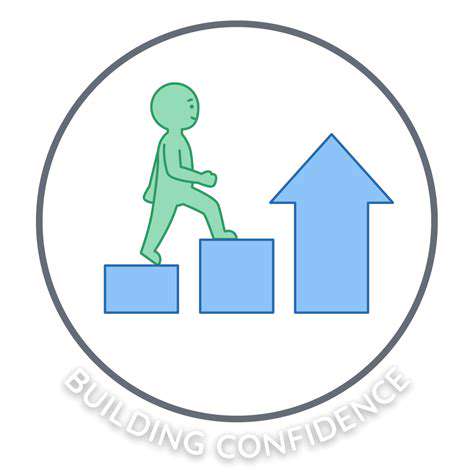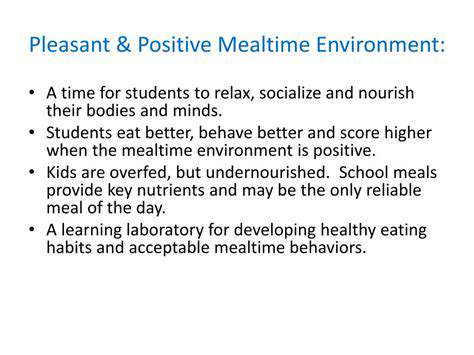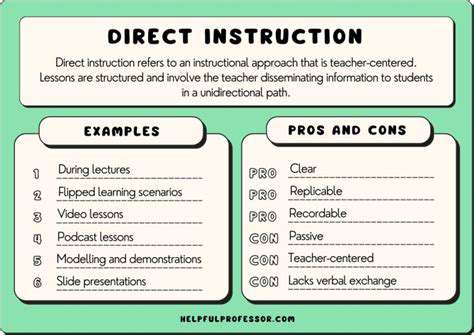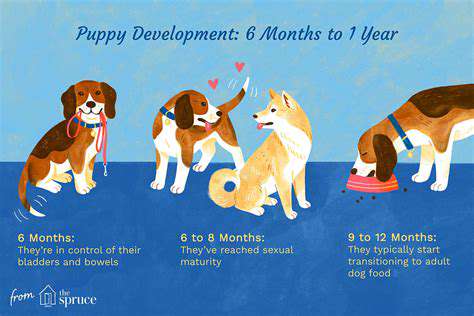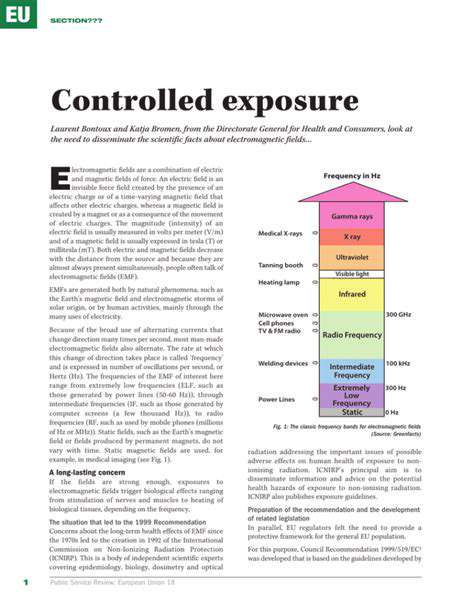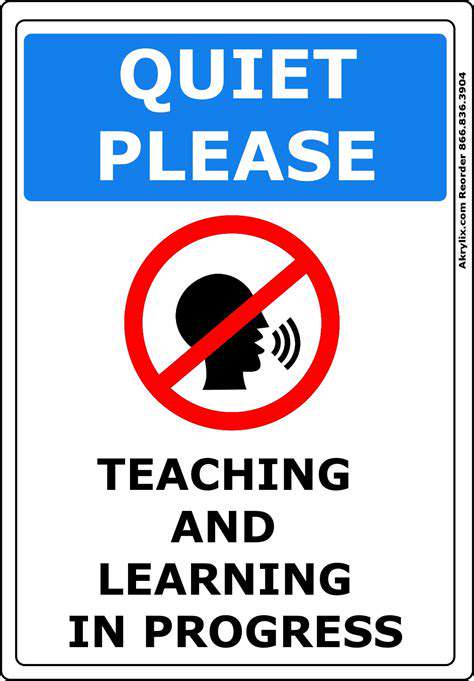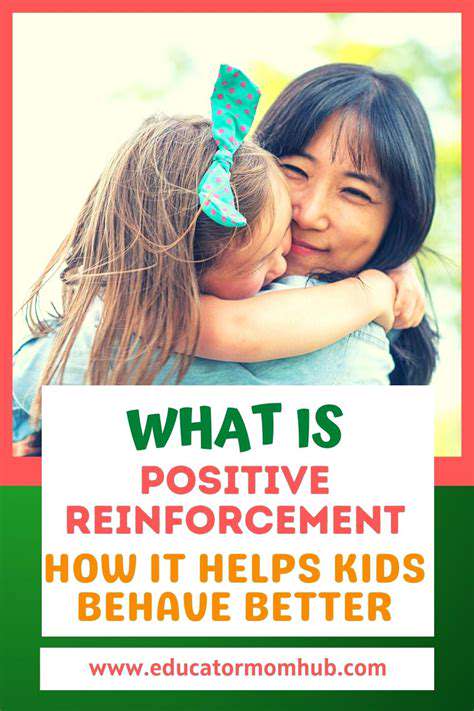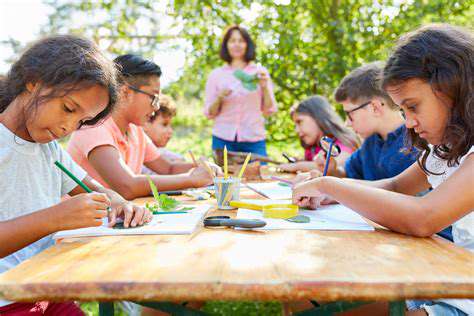Crate Training Your Puppy: A Safe and Effective Method
Puppy potty training is a crucial aspect of responsible pet ownership, requiring patience, consistency, and understanding of your puppy's developmental needs. Establishing a regular schedule for potty breaks is key to success. This includes taking your puppy outside frequently, especially after waking up, eating, playing, and napping. Consistency is critical; sticking to a routine helps your puppy learn to associate specific times and places with eliminating.
Think about creating a predictable routine, such as taking your puppy outside every two hours during the day and more frequently during the night. This repetition helps the puppy understand when it's time to go outside and can significantly reduce the number of accidents inside the home. Remember that puppies have small bladders, making frequent potty breaks essential.
Accidents Happen: Understanding Puppy Physiology
Accidents are a natural part of puppy training. Understanding that puppies are still developing their bladder and bowel control is essential to remaining patient and supportive. Their small bladders can't hold urine or feces for long periods, making frequent potty breaks crucial. Young puppies might also not yet understand the connection between the urge to urinate or defecate and the need to go outside.
Furthermore, if your puppy is feeling stressed or anxious, this can also lead to accidents. A stressful environment can sometimes cause accidents that are not related to their control over their bodily functions, so look for stressors and make sure your puppy feels safe and secure. Be patient and supportive. Accidents are a learning process, not a reflection of your puppy's intelligence.
Potty Training Techniques for Success
Consistent positive reinforcement is key to successful potty training. Rewarding your puppy for going potty outside is critical; use high-value treats or praise to reinforce the desired behavior. Immediate rewards are most effective, ensuring the puppy understands the association between the action and the positive consequence.
Another useful technique is to keep a close eye on your puppy's body language. Look for signs that your puppy needs to go outside, such as sniffing around, circling, or whining. Taking your puppy outside promptly when you notice these cues can significantly reduce accidents. Learning these subtle cues will make potty training more efficient. This proactive approach can prevent accidents and strengthen the bond between you and your puppy.
Furthermore, it is important to thoroughly clean up any accidents immediately. Use an enzymatic cleaner to eliminate any lingering odors, as these can attract your puppy to repeat the behavior in the same spot. Cleanliness is crucial in maintaining a clean and accident-free environment. This discourages the puppy from soiling the same areas, making your home more comfortable.
Maintaining Consistency and Long-Term Success
Understanding Puppy Development
Puppy development is a crucial factor in crate training success. Understanding the stages of growth and how their needs change with age is vital. Early socialization and positive reinforcement are key to establishing a strong foundation. A puppy's cognitive and physical abilities evolve rapidly, influencing their ability to adapt to crate confinement. This understanding allows you to adjust your training approach effectively as your puppy grows and matures.
Establishing a Routine
Consistency is paramount in crate training. A predictable routine helps puppies feel secure and understand expectations. Establish a regular schedule for feeding, playtime, and crate use. Consistent feeding times, for example, can greatly contribute to predictability. This structured approach aids in establishing a positive association with the crate.
Regular potty breaks are equally essential. Taking your puppy outside frequently, preferably after meals and naps, helps prevent accidents inside the crate. A consistent routine minimizes the chances of accidents and helps your puppy to develop good potty habits.
Positive Reinforcement Techniques
Employing positive reinforcement techniques will motivate your puppy to associate the crate with positive experiences. Rewarding calm behavior and appropriate use of the crate with treats, praise, or toys fosters a positive association. Avoid punishment, as it can create fear and anxiety, undermining the training process. Positive reinforcement is essential for building a strong bond and ensuring a smooth learning curve.
Addressing Potential Challenges
Crate training isn't always seamless. Expect occasional challenges, like whining or barking. Understanding the root cause of these behaviors is crucial. Is it separation anxiety, discomfort, or a need for more attention? If the issue persists, seek professional guidance to avoid frustration or negative outcomes. Don't be discouraged; effective problem-solving is key to overcoming obstacles.
Gradual Introduction and Desensitization
Gradually introduce your puppy to the crate. Start by placing treats, toys, or bedding inside to make it an appealing space. Extend the time your puppy spends in the crate gradually. Desensitizing your puppy to the crate, noises, or other stimuli can help prevent anxiety. Make the crate an inviting and comforting place. Slow and steady progress will create a positive association with the crate.
Providing Proper Comfort and Space
Ensuring your puppy has a comfortable and safe space inside the crate is essential for their well-being. Provide a cozy bed, soft blanket, and familiar toys. The crate should be large enough for your puppy to stand, turn around, and lie down comfortably without feeling cramped. A comfortable environment enhances their positive perception of the crate, making it a safe retreat.
Long-Term Management Strategies
Maintaining consistency and patience are essential for long-term success in crate training. Even as your puppy matures, adapt your strategies accordingly. Consistency remains a cornerstone of training. Continue using positive reinforcement, and address any changes in behavior promptly. Long-term management strategies are fundamental for maintaining a harmonious and successful crate training experience.
